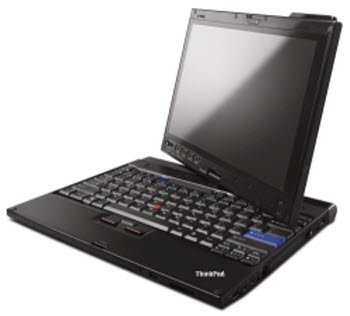Will Windows 8 drive sales of touchscreen notebooks?

Intel is hoping that Windows 8 will drive the sales of touchscreen notebooks. I'm not convinced.

The first issue is one that ZDNet's James Kendrick points out in his piece - reaching over a keyboard to touch a screen is just not a comfortable configuration. It would be fine for the odd touch here and there, but who's going to spend the big bucks on a touchscreen notebook only to use it occasionally?
Even if you do possess long arms or don't find reaching over the keyboard that much of a drag, the screen on most notebooks just doesn't want to be touched. Try it with your own notebook and see what happens. The screen wobbles because you're putting unnatural pressure on the hinge, the notebook tips back and forth because the balance is all wrong, and the screen quickly starts to gather more grease than a short order cook's apron.
Notebooks were never designed for you to go touching the screen, and trying to retrofit touchscreen technology onto them will need more innovative thinking than just replacing the panel.
But what about convertible notebooks with rotating screens? Do they work better? Well, yes and no. You do get the best of both worlds in that the device has both a touchscreen and a keyboard, but if you want to make use of the keyboard then the touchscreen is pretty much defunct for the reasons outlined above. When the convertible is in touchscreen mode, you've then essentially got a hybrid tablet system that's thicker and heavier than an ordinary tablet.
So it's all a compromise.
Finally, there is an issue of price. Touchscreen and convertible notebooks aren't cheap, and I can't see the cost falling to mainstream levels any time soon. When it comes to widespread adoption, piece is the key factor, and the price isn't going to be right for this to happen any time soon.
Image credit: Lenovo.
Related:
- James Kendrick: Intel: Windows 8 to drive laptops with touch screens
- Windows 8 is ready for 'Retina' display screens
- Windows 8: Can we live without the desktop?
- Boot to the ‘Classic' desktop in Windows 8 Consumer Preview
- Are consumers expected to take Windows 8 ARM tablets mainstream?
- Windows 8 Consumer Preview: Are your applications and devices compatible?
- Will Windows 8 require a product key at the point of installation?
- Restore the Start Menu and disable Metro UI in Windows 8
- Windows 8 turns shutting down your PC into a convoluted process